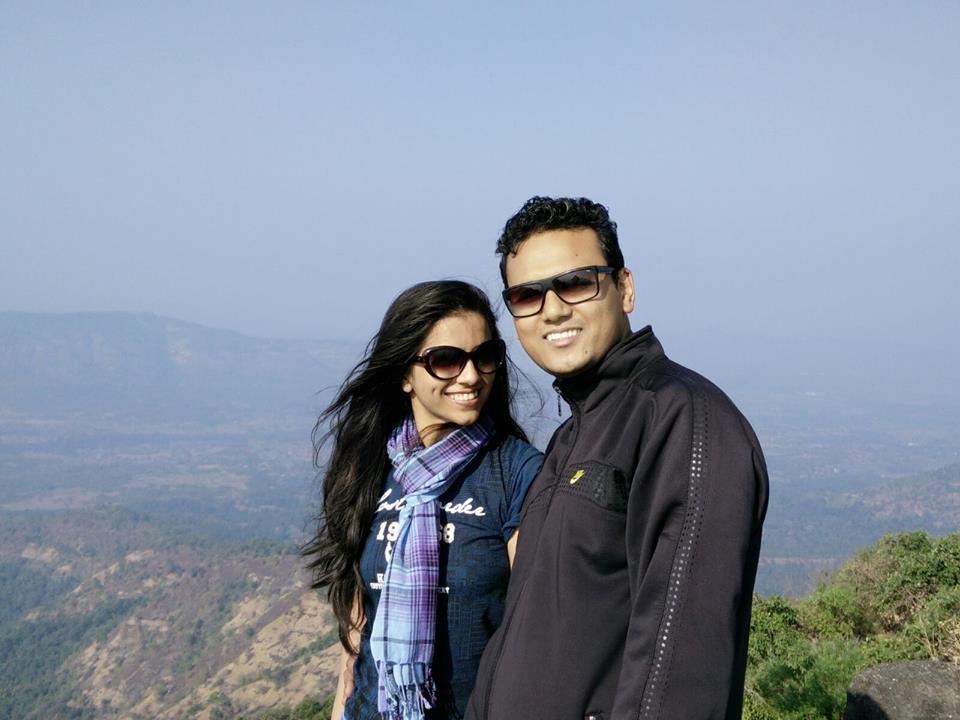Summit of Self: A Journey to Everest Base Camp
One Trekker's Quest for Resilience, Reflection, and Renewal amidst the Himalayan Majesty

One Trekker's Quest for Resilience, Reflection, and Renewal amidst the Himalayan Majesty


My partner and I began planning this trek when I decided to spend some time in Rishikesh and work remotely from there. Despite having completed around 45 treks together, we were keenly aware that this journey would be our highest altitude and longest trek to date. I found myself feeling a bit nervous and made sure to prepare meticulously with the right gear, including shoes, layers, and a jacket.


Covid’19 hit me like it hit many. It brought with it financial losses, job insecurity, tested a lot of my relationships and I know and acknowledge that I am far more privileged than many others around the world for whom this pandemic has been way more catastrophic. I don’t know if I should thank the pandemic in anyway, but it did bring perspective to life. If not for this pandemic, I would have never pursued my love for Yoga, mindfulness and well-being. I would not have thought of living in a city like Mysore to attain 200 hours of professional training at Yoga Sattwa, Mysuru. I was lucky to have met some of the loveliest people, saw some beautiful places and received the learning that I will carry with me through my life.


An Essay on the Experience of Reading 'No Nation for Women' in a Group


Dear Survivor


Earlier this year, we trekked Alang Madan Kulang summit. The height of AMK forts is about 4852, 4841, 4822 feet respectively and is said to be the most difficult trek in the Sahyadris. It takes about 48-72 hours to complete the trek but we had set a goal to summit all the three mountains in one day and my, oh-my- the dense forest cover and the confusing paths didn't make it any easier.


Growing up I always ran away from wearing Indian dresses & thought Sarees are overrated, I always loved and felt home in gender neutral clothes, later on I even started exploring with skirts & cocktail dresses- basically anything that was not Indian woman's dress code. I was always referred to as a "tom-boy", because I loved playing outside, beat boys in the games that were considered only for boys. I would push my mum so I could go for a slumber party, which was off-limit for girls. When I look back now, I realise I never hated Indian dresses or Sarees, what I really hated or was rebelling against was the connotation it had. In a society where people in real and reel life often connect femininity with weakness, where the dialogues like Tu chudi pehen le (implying you're not courageous) or Haath mein mehendi lagi hai kya (implying you're physically weak) are prevalent, I didn't want to be weak or cowardly.All the women in regressive Bollywood movies who had fashionable western clothes, lived life on their own terms were always depicted as evil and I happened to love those women. I never aspired to be Sooraj Barjatya's ideal woman, which made me feel like an outcaste since childhood. And when I would skip meals out of protest, cry, fight to continue to wear western clothes, I thought there is noway I can display any affection for Indian clothes or Sarees. It will make me look weak.I wish I could tell my younger self that it's not you who is fucked up, it's them. All you really want is freedom of choice, respect for who you are and to be treated equally and that’s okay.Anyway, now I am extremely comfortable with my sexuality, with my femininity, with the strength and power it gives me.Happy World Saree Day to all the Saree lovers!